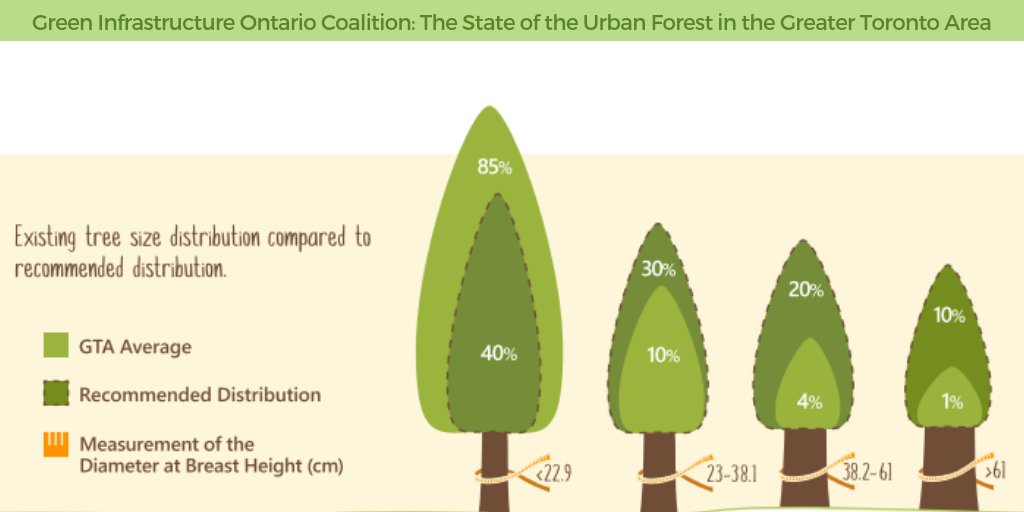Post-Tree Elimination Treatment: Just How To Recover Your Landscape Successfully
Post-Tree Elimination Treatment: Just How To Recover Your Landscape Successfully
Blog Article
Composed By-Nunez McCollum
After a tree's elimination, your landscape may look fairly different, and it's vital to examine the results very carefully. You'll want to examine the dirt disturbance and examine bordering plants for any kind of indicators of tension. Neglecting these variables can bring about larger troubles down the line. So, what should you finish with those stumps and origins? And how do you pick the very best plants for your revitalized space? Allow's explore these crucial steps.
Examining the Consequences: Reviewing Your Landscape
After a tree removal, it's vital to assess your landscape to comprehend the impact it carries your backyard.
Beginning by examining the location where the tree stood. Search for signs of dirt disruption, and inspect the bordering plants for any tension or damages.
You need to also bear in mind of how the elimination has actually transformed sunshine direct exposure and air flow in your yard. This shift can impact the growth of neighboring plants, so it's necessary to evaluate their health and wellness.
Take into consideration the aesthetic aspects also; the removal may produce an open space that you can upgrade.
Lastly, think about any kind of potential disintegration concerns that might arise from the tree's absence. Dealing with these elements early will help bring back equilibrium to your landscape.
Dealing With Stumps and Origins: Options for Removal
As soon as you've evaluated the aftermath of the tree elimination, you'll likely need to take on the stump and origins left behind.
You have a couple of alternatives for elimination. One efficient technique is stump grinding, where a specialist uses a maker to grind the stump down to below ground degree. This approach leaves marginal interruption to your landscape.
If you like a DIY technique, you can use a combination of excavating and chemical stump cleaners. Just remember, this process can take some time and effort.
Additionally, consider leaving the stump as an all-natural function, which can act as a special garden component or habitat for wildlife.
Whatever you select, dealing with the stump and roots is necessary for restoring your landscape.
Selecting the Right Plants for Your New Room
As you evaluate your newly removed room, choosing the right plants can considerably boost your landscape's beauty and performance.
Beginning by thinking about the sunshine and soil problems. For sunny areas, select drought-resistant plants like lavender or succulents. In shaded spots, ferns and hostas prosper well.
Consider Cheap Service Tree Removal Near Me and development practices of your plants; mix perennials and annuals for seasonal range. Do not fail to remember to integrate indigenous species; they require much less maintenance and assistance local wild animals.
Suggested Site in strange numbers for a more natural look and develop layers for visual depth.
Finally, guarantee you have a mix of colors and structures to keep your landscape lively throughout the seasons.
Delighted planting!
Final thought
To conclude, restoring your landscape after tree removal is a rewarding process. By evaluating the results, resolving stumps and origins, and choosing the right plants, you'll create a flourishing setting. Do not fail to remember to incorporate erosion control measures to protect your soil. With a little initiative and treatment, you can transform your area right into a vivid garden that boosts your building. Accept the chance to rejuvenate your landscape and appreciate the elegance of nature right in your yard!
